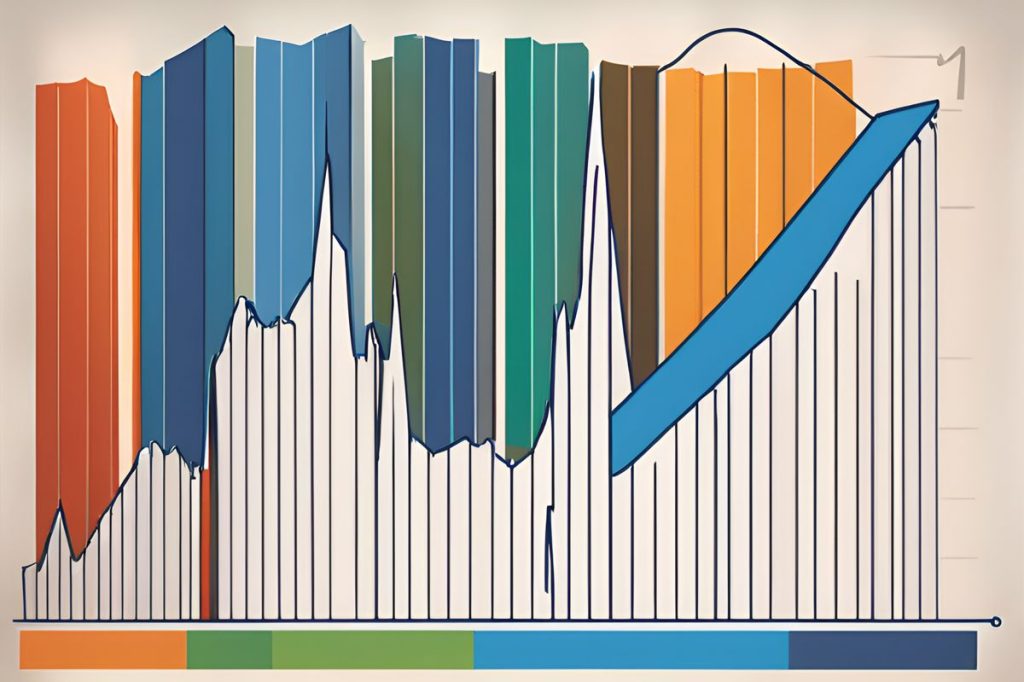In late 2023, business loan demand continued to decrease due to high-interest rates, with SMEs being particularly impacted. Housing loan demand, on the other hand, remained stable thanks to competitive interest rates offsetting reduced consumer confidence, while consumer loans saw a further decline reflecting weakened spending habits.
What are the trends in business and housing loan demands as of late 2023?
In late 2023, the demand for new business loans continued to decline, influenced by high-interest rates, although the downturn was not as sharp as expected. SMEs were more affected compared to larger enterprises. In contrast, the housing loan market remained stable due to competitive interest rates balancing out high rates and reduced consumer confidence. Demand for consumer loans saw a further decline, reflecting weakened consumer spending.
Business Loan Trends
In the waning months of 2023, there was a notable downward trend in the demand for new business loans, which has been a recurring theme since early 2022. Interestingly, the decline was not as steep as some had anticipated. The financial ecosystem was bracing for a more pronounced slump. This tapering demand for business credit can be largely ascribed to the prevalent high-interest environment, which naturally curtails borrowing appetites.
The Central Bank of Cyprus (CBC), in its comprehensive survey on bank lending, underscored this trend within the final quarter of the year. However, it’s worth mentioning that amidst this contraction, an uptick was observed in net demand for financing fixed investments. This suggests a silver lining, as it could signify sustained growth in domestic private consumption and potentially point to an uptick in debt restructuring activities.
Small vs. Large Enterprises
Drilling down into the details, the CBC’s report illuminates that small and medium-sized enterprises (SMEs) bore the brunt of this contraction. They witnessed a palpable reduction in loan intake. Conversely, for larger enterprises, the scenario was markedly different—loan demand plateaued, indicating a certain resilience amidst economic turbulence.
The Housing Loan Market
Shifting focus to the housing loan sector, the landscape appeared more stable. Despite the overarching high-interest rates casting a shadow on the financial markets, housing loans did not experience a drop in demand. Competitive interest rates played a pivotal role in this equilibrium, effectively countering the downward pressure exerted by both elevated rates and diminishing consumer confidence.
Consumer Loans and Credit Criteria
On a related note, the fourth quarter of 2023 also saw a continued—and surprisingly more profound—decline in the demand for consumer and other loans. Consumer confidence took a hit, and the resulting reluctance to spend on durable goods was a contributing factor. Banks reported a nuanced approach towards loan approvals during this period, with unchanged criteria for businesses but a tightening for household loans. This shift was attributed to an altered perception of credit risk, despite the creditworthiness of borrowers not significantly impacting household loan approvals as it did in the previous quarter.
It’s evident that the financial climate was in flux, with various forces pulling the strings of supply and demand in different directions. As we look ahead, understanding these dynamics will be crucial for businesses, consumers, and financial institutions navigating the uncertain economic waters.
What are the trends in business and housing loan demands as of late 2023?
In late 2023, the demand for new business loans continued to decline, influenced by high-interest rates, although the downturn was not as sharp as expected. SMEs were more affected compared to larger enterprises. In contrast, the housing loan market remained stable due to competitive interest rates balancing out high rates and reduced consumer confidence. Demand for consumer loans saw a further decline, reflecting weakened consumer spending.
How did small and large enterprises differ in their loan demand trends in late 2023?
Small and medium-sized enterprises (SMEs) experienced a notable reduction in loan intake as the demand for new business loans decreased. In contrast, larger enterprises saw their loan demand plateau, indicating a certain level of resilience amidst economic turbulence.
What factors contributed to the stability in the housing loan market during late 2023?
Competitive interest rates played a crucial role in maintaining stability in the housing loan market during late 2023. Despite high-interest rates and reduced consumer confidence, the competitive rates helped offset these negative factors, preventing a drop in housing loan demand.
Was there a significant change in the demand for consumer loans in late 2023, and what influenced this trend?
Late 2023 saw a continued and more pronounced decline in the demand for consumer loans, reflecting weakened consumer spending habits. Banks also adopted a nuanced approach towards loan approvals, with unchanged criteria for businesses but a tightening for household loans due to an altered perception of credit risk, despite borrowers’ creditworthiness not significantly impacting approvals.

